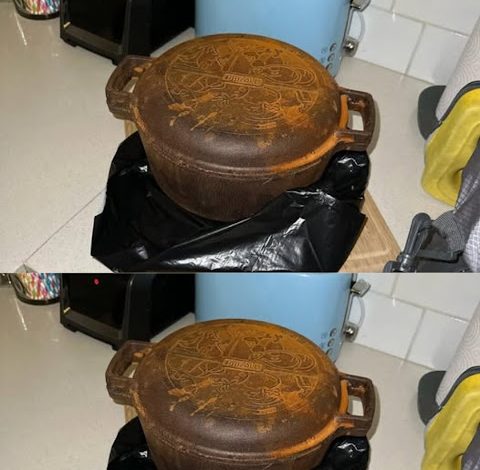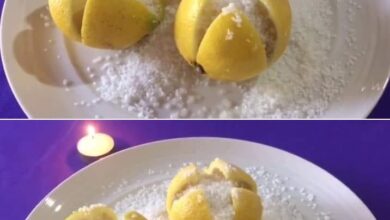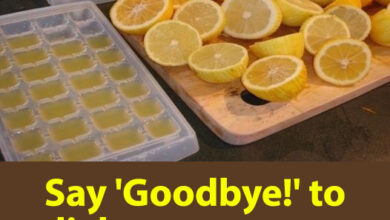Things You Should Never Cook In A Cast Iron Pan

ADVERTISEMENT
1. Acidic Foods (Tomato Sauce, Vinegar, Citrus)
ADVERTISEMENT
- Why Skip? Acidic ingredients like tomatoes, vinegar, wine, or lemon juice can erode your pan’s seasoning and react with the iron, leaving an unpleasant metallic flavor in your food.
- Alternative: Use stainless steel, enamel-coated, or nonstick pans for acidic recipes. If you’re using cast iron, minimize cooking time and re-season afterward.
2. Delicate Fish and Seafood
ADVERTISEMENT
- Why Skip? Fragile fish such as tilapia or sole often stick to cast iron, even when seasoned properly. This can result in a frustrating cleanup and ruin the dish’s presentation.
- Alternative: Opt for grilling or nonstick pans for thin fish. Heartier options like salmon or tuna steaks pair better with cast iron.
3. Eggs (When the Pan Isn’t Perfectly Seasoned)
- Why Skip? Eggs have a reputation for sticking unless your cast iron is impeccably seasoned. They can be tricky to manage and clean.
- Alternative: Use nonstick or stainless steel pans for fried, scrambled, or poached eggs. Save cast iron for baked egg dishes like frittatas.
4. Sticky Desserts (Caramel, Cookies)
- Why Skip? Sugary or sticky treats like caramel or cookies often cling to the pan, complicating cleanup and damaging the seasoning.
- Alternative: Nonstick bakeware or silicone mats work well for these desserts. Cast iron is better suited for robust baked goods like skillet brownies or cornbread.
5. Strong-Flavored Foods (Garlic, Onions, Fish)
- Why Skip? The porous surface of cast iron absorbs intense flavors, which can linger and transfer to future dishes.
- Alternative: Use stainless steel or glass cookware to avoid flavor contamination.
6. Dairy-Based Sauces
- Why Skip? Creamy sauces can curdle or scorch due to uneven heating or iron residues.
- Alternative: Non-reactive or enamel-coated pans are ideal for dairy-heavy recipes.
7. Frozen Foods
- Why Skip? Thermal shock from frozen foods in a hot pan can damage the cast iron and lead to food sticking.
- Alternative: Thaw frozen items beforehand or opt for cookware suited to sudden temperature changes.
8. Rice or Risotto
- Why Skip? Cast iron’s heating inconsistencies often make cooking rice a sticky challenge.
- Alternative: Heavy-bottomed saucepans are better for rice and risotto.
9. Long Marinades or Simmering
- Why Skip? Extended exposure to liquids can break down the seasoning and leave behind a sticky residue.
- Alternative: Use Dutch ovens or stainless steel pots for slow-cooked recipes.
10. Raw Dough (With Insufficient Fat)
- Why Skip? Dough without ample oil or fat can stick stubbornly to cast iron surfaces.
- Alternative: Generously grease your pan or use parchment paper when baking pizza or bread.
Bonus Care Tips for Cast Iron
- Limit Soap: Mild soap won’t hurt, but avoid harsh detergents to preserve the seasoning. Use hot water and a stiff brush instead.
- Don’t Soak: Prevent rust by drying your pan immediately after washing.
- Re-Season Often: Apply a thin layer of oil post-cleaning and heat briefly to maintain the seasoning.




